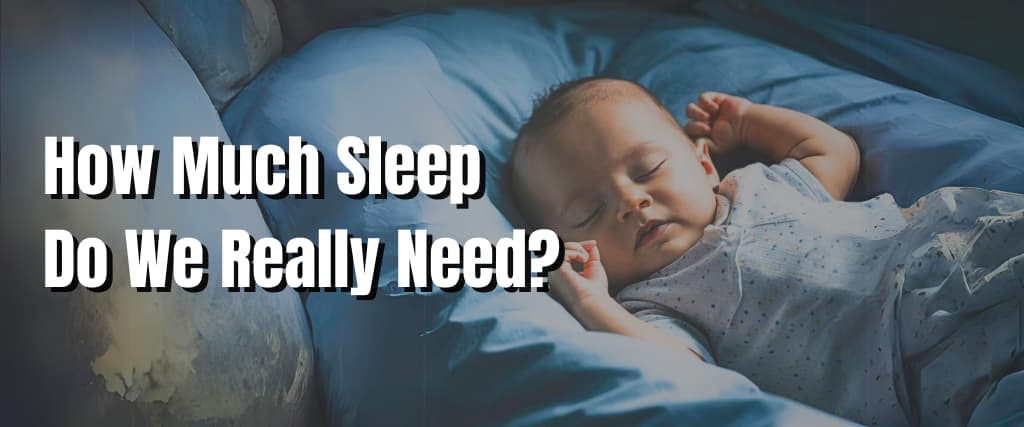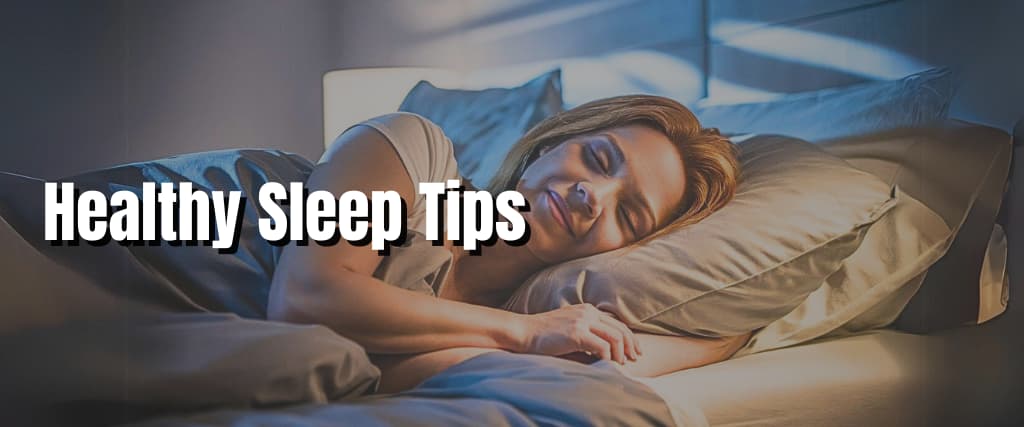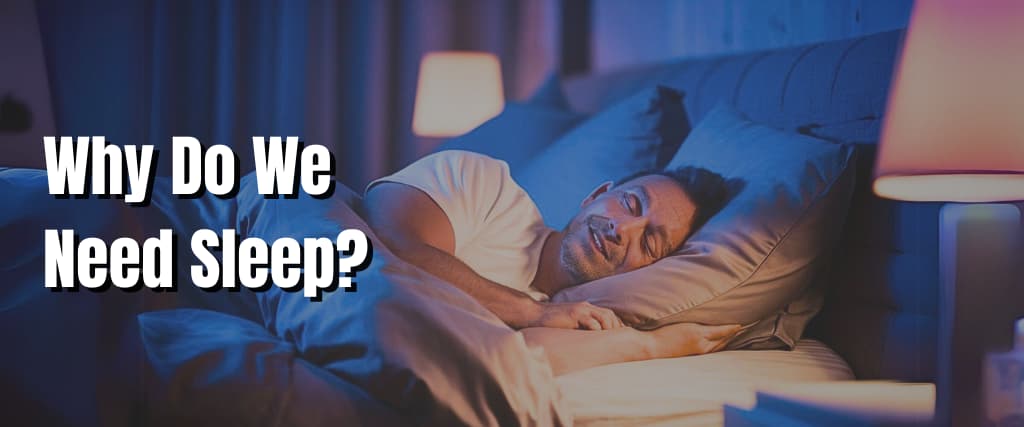Although we usually think of being awake or asleep as defined and distinct, disorders such as sleep paralysis defy these fixed boundaries.
The inability to move temporally after falling asleep or waking up is referred to as sleep paralysis. During this state, individuals are always aware as they experience a sensation of suffocation and troubling hallucinations.
These occurrences of sleep paralysis can bring about distressing symptoms as it involves both wakefulness and sleep.
Even though not much is known regarding sleep paralysis, reviewing its types, causes, symptoms, treatment, and impact can provide a better understanding of the disorder and how to deal with it.
What Is Sleep Paralysis?

Sleep paralysis is a condition identified by a brief loss of muscle control known as atonia, which occurs after waking up or falling asleep. Apart from atonia, during sleep paralysis, people experience hallucinations.
Sleep paralysis is classified as a kind of parasomnia. The unusual behaviors which occur while sleeping are known as parasomnia. With the fact that sleep paralysis is linked to the rapid eye movement (REM) stage of sleep cycle, it is considered to be REM parasomnia.
On the other hand, Standard REM sleep constitutes atonia together with vivid dreaming, that aids in preventing acting out dreams. Conversely, under usual conditions, an individual never becomes aware of this lack of ability to change position as atonia ends upon waking up.

According to researchers, sleep paralysis encompasses a mixed state of consciousness that combines REM sleep and wakefulness. Basically, the imagery and atonia of REM sleep continue to carry on even into a state of being awake and aware.
Sleep Paralysis Types
When it comes to categorizing sleep paralysis, two terms are commonly used in the medical literature.
- Isolated sleep paralysis is when the episodes have no connection with the underlying diagnosis of narcolepsy. This condition prevents the brain from controlling wakefulness properly and often results in sleep paralysis.
- Recurrent sleep paralysis is a condition that involves multiple episodes over time.
In most instances, the two types are combined to form Recurrent Isolated Sleep Paralysis.
What is the Feeling of Sleep Paralysis?

Sleep paralysis’s main symptom is atonia or incompetence of moving the body. The episode happens shortly after waking up or falling asleep. During this occurrence, a person is perceived as being aware and is conscious of the inability to control muscles.
Approximately 75% of episodes involving sleep paralysis are different from usual dreams, unlike atonia which occurs when waking up (hypnopompic hallucinations) or going to sleep (hypnagogic hallucinations).
Here are three categories in which hallucinations during sleep paralysis fall:

- Intruder hallucinations involve the perception of a dangerous presence or person in the room.
- Chest pressure hallucinations are also referred to as incubus hallucinations. They normally provoke a sense of suffocation. To add to this, they occur alongside intruder hallucinations.
- Vestibular-motor (V-M) hallucinations invoke out-of-body sensation or a sense of movement (like flying).
Atonia is a pretty troubling and distressing hallucination that can make sleep paralysis episodes more troublesome. Due to this reason, 90% of these episodes are considerably associated with fear, while only the minority have blissful or pleasant hallucinations. However, perception of these episodes varies greatly depending on an individual’s cultural context.
The average length of these episodes is between six and seven minutes. Nonetheless, episodes can last from a few seconds to 20 minutes. In many instances, these episodes end on their own; however, sometimes, they are regularly interrupted by a different person’s voice or touch.
How Common Is Sleep Paralysis?

Estimations differ, but researchers suggest about 8% of individuals experience sleep paralysis at some point in their lifetime. Unfortunately, there is little information among these people on how frequently these episodes reappear.
Often, sleep paralysis occurs in children, adolescents, and young adults aged (7 to 25). After these episodes begin displaying in teenage years, episodes may occur more frequently in the 20s and 30s.
What Causes Sleep Paralysis?
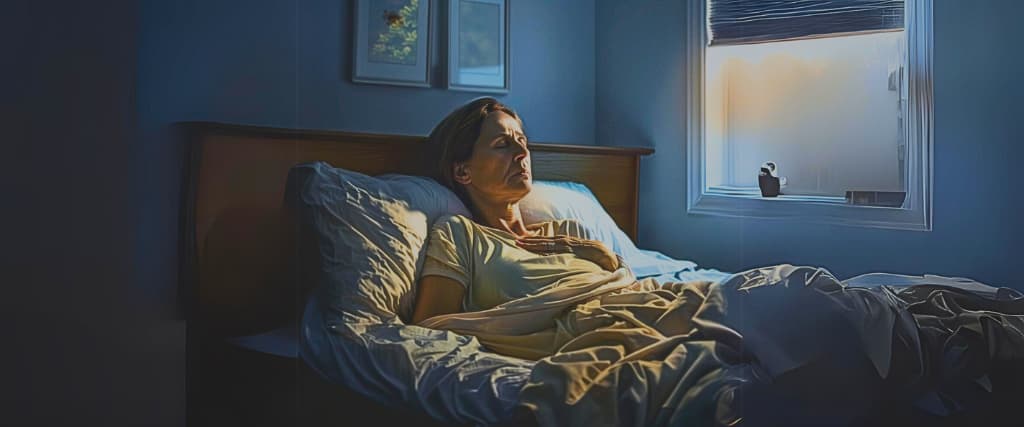
It is unknown which is the precise cause of sleep paralysis. Studies have been conducted, and data has been examined to see what is linked to a higher risk of sleep paralysis, and no conclusive results have been made. Based on these studies, researchers believe that several elements are involved in causing sleep paralysis.
Sleeping problems and other sleep disorders have exhibited the most robust connection with isolated sleep paralysis. In a study, higher rates of sleep paralysis – 38% were reported by people with obstructive sleep apnea (OSA), a sleep condition of recurrent lapses in breathing. People with nighttime leg cramps are predisposed to sleep paralysis.
Excessive daytime sleep and a hard time falling asleep are insomnia symptoms that have been found to be highly associated with sleep paralysis. Individuals whose circadian rhythms are not aligned with their local day-night cycles, such as shift workers and people with jet lag, also experience a higher risk of sleep paralysis.
In addition to this, certain mental disorders have exhibited a connection with sleep paralysis. People suffering from anxiety disorders such as panic disorder are at higher risk of experiencing the condition. Sleep paralysis is more prevalent in people with post-traumatic stress disorders (PTSD), childhood sexual abuse, and other emotional or physical distress. Stopping the intake of antidepressants or alcohol can cause REM rebound, which may cause sleep paralysis.
Studies also have shown that individuals who exhibit traits of imaginativeness and tend to disassociate themselves from their normal environment by daydreaming are at a higher risk of sleep paralysis. In addition to this, there may be a correlation between sleep paralysis and lucid dreaming or vivid nightmare.
With all these connections, the leading cause of sleep paralysis is still unknown. Therefore, more research is imperative to investigate the links and comprehend better the possible causes of sleep paralysis.
Is Sleep Paralysis a Serious Problem?

Sleep paralysis is not a severe condition for many people. This is because it does not occur more often to bring about a major health problem. It is categorized as a benign condition.
Nevertheless, about 10% of people experience a bothersome or recurrent episode that makes sleep paralysis distressing. Because of this, they may develop negative thoughts towards sleeping, resulting in the reduced time allocated for sleep or provoking anxiety, making it difficult to sleep. Sleep deprivation can result in extreme sleepiness and other numerous health-related problems like depression and anxiety.
What Is The Treatment for Sleep Paralysis?
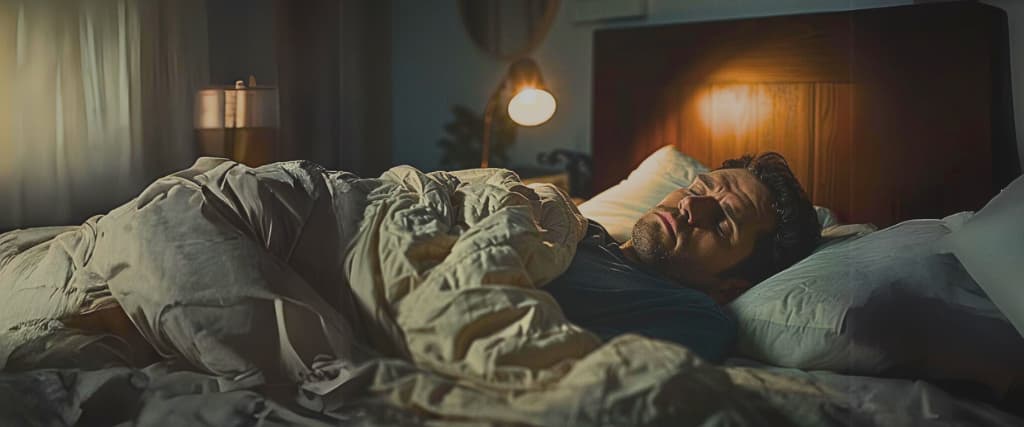
Talking to a specialist is the first step to treating sleep paralysis. This helps you pinpoint and address the primary problems that may be resulting in the severity of the frequency of the episodes. For instance, it could involve treating narcolepsy or come up with steps to manage sleep apnea.
Generally, there is little scientific proof about the ideal treatment for sleep paralysis. Most people are unaware that the disorder is common and thus perceive themselves as shameful or crazy after episodes. That being the case, just normalization or acknowledgment of their symptoms by a professional can be helpful.
Due to the connections between general sleep problems and sleep paralysis, improving sleep hygiene is ideal for preventing sleep paralysis. Sleep hygiene refers to an individual’s sleeping environment setting and routine habits that affect sleep quality.
Some of the healthy sleeping tips that play a significant role in better sleep hygiene and more consistent rest comprise:
- Adhering to a constant routine for waking up and going to bed each day, including on weekends.
- Retain a set pre-bedtime schedule that allows you to relax and get comfortable.
- Ensure your bed has a comfortable mattress outfitted with the pillow.
- Make sure your bedroom has limited interruption from noise or light.
- Minimize consumption of caffeine and alcohol in the evening.
- Avoid using electronic devices such as phones and laptops half an hour before bed.

Enhancing sleep hygiene is usually included in cognitive behavioral therapy for insomnia (CBT-I), a type of talk therapy that helps to rethink negative emotions and thoughts that diminish the worth of sleep.
A specific form of CBT has been developed for sleep paralysis. However, more study is required to certify its efficacy. CBT is well known for its efficiency in dealing with mental and health conditions like PTSD and anxiety, which might be leading factors for sleep paralysis.
There are known medications for suppressing REM sleep, and these may help stop sleep paralysis. Unluckily, these medications have side effects and may result from rebounding in REM sleep when you stop their intake. As a result, you must consult a doctor before taking any medication to know the upside and downside of the medication.




